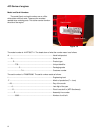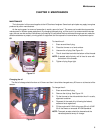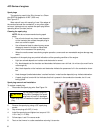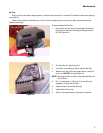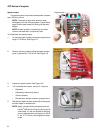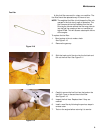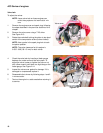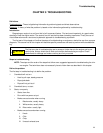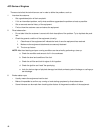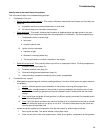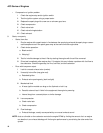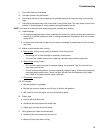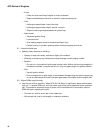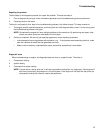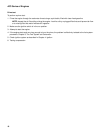
Troubleshooting
11
Definitions
Troubleshooting
- The act of gathering information by preforming tests and direct observations.
Diagnosis
- A theory of what the problem is, based on the information gathered by troubleshooting.
Introduction
Diagnosing an engine is an art form that is built on several factors. First and most importantly is a good under-
standing of how the engine works. The second is a skill set that has been honed by experience. Finally the use of
visual observations and a structured, systematic approach to troubleshooting a problem.
The first part of this chapter will outline the steps of troubleshooting an engine so a technician can form a proper
diagnosis. The second half of this chapter will describe specific procedures and tests to preform while troubleshoot-
ing.
Steps to troubleshooting
NOTE: The steps and the order of the steps that follow are a suggested approach to troubleshooting the trim-
mer engine. The technician does not necessarily have to follow them as described in this chapter
Define the problem
The first step in troubleshooting is to define the problem:
1. Crankshaft will not turn.
• Hard to pull rope, steady pressure
• Rope jerks back
• Rope will not pull at all
2. Crankshaft turns, no start
3. Starts, runs poorly
• Starts, then dies
• Runs with low power out put
• Makes unusual smoke when running
I. Black smoke, usually heavy
II. White smoke, usually heavy
III. Blue smoke. usually light
• Makes unusual sounds when running
I. Knock
II. Click
III. Chirp
IV. Unusual exhaust tone
The first two rules in troubleshooting are to cause no further harm to the engine and to pre-
vent injuries. Always check the oil level and condition before starting an engine. Check
attachments for damage and make sure they are firmly mounted.
! CAUTION! CAUTION
CHAPTER 3: TROUBLESHOOTING




